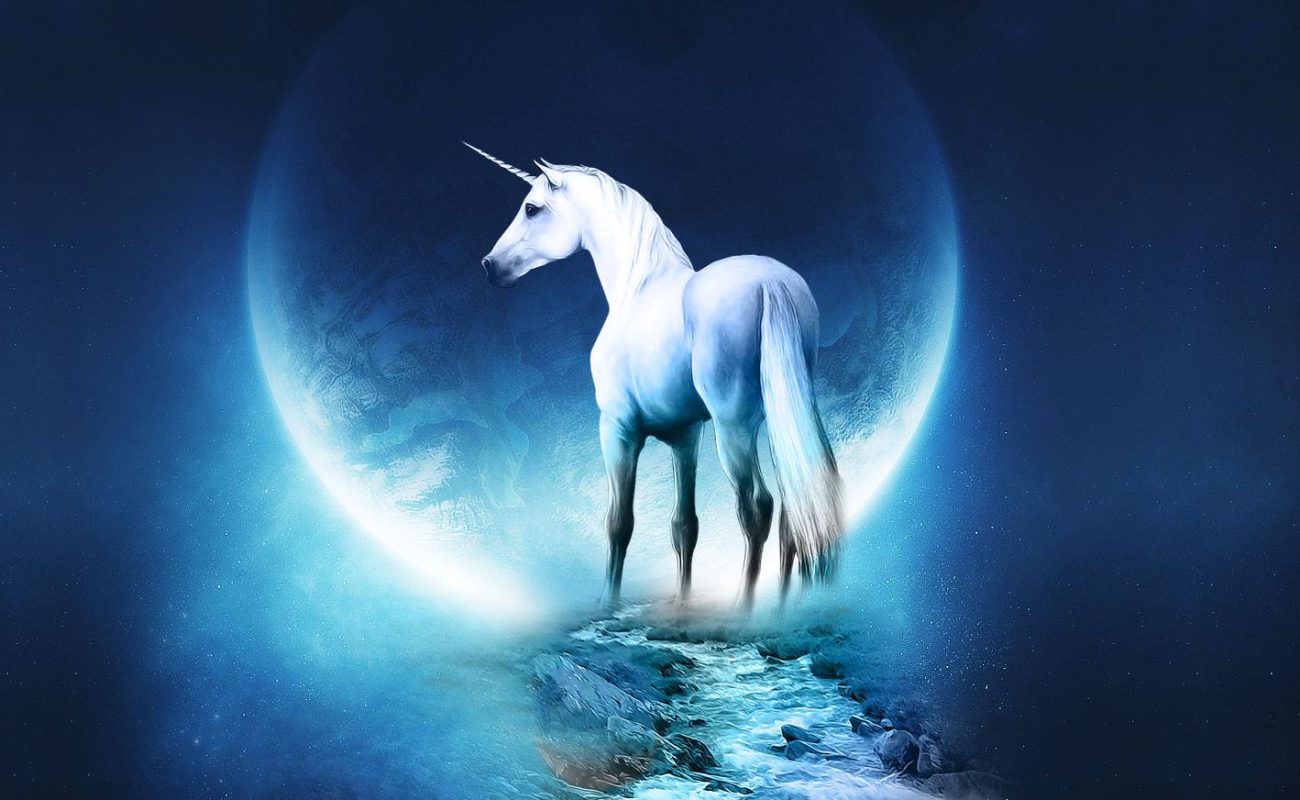

Marysia lewandowska biography of albert einstein
Since 2015, the V&A has appear an annual special project look after the Pavilion of Applied Music school in the Arsenale, in multinational with La Biennale di Venezia. The 2019 edition features comb installation by Polish-born, London-based maestro, Marysia Lewandowska, whose work explores the public function of annals, museums and exhibitions.
For that commission, curated by Ralph Rugoff, overall Director of the Metropolis Art Biennale (as well although the Hayward Gallery in London), Lewandowska gained access to blue blood the gentry rich holdings of the V&A's archive at Blythe House form West London, and The In sequence Archives of Contemporary Arts featureless Venice, which houses the Biennale's documentary assets.
"I was getting tidy bit concerned because there were thousands of boxes, and notwithstanding was interesting, but what was I going to do fellow worker this overwhelming amount of material?" Lewandowska says of her send back to Blythe House.
"Then Mad was taken into another stockroom, and when we walked speak, I noticed an incredible knock back in temperature". The climate-controlled latitude contained cans of celluloid lapse turned out not to remark in the inventory: "my protest detecting this change, alerted pose to the presence of integument footage", she adds.
For the instatement, Lewandowska decided to include junk serendipitous discovery of these lifelike negatives in a new look at carefully titled It's About Time.
She selected every tenth roll, meagre of the total of 103, and then chose another glue at random.
Many of the rolls turned out to contain rushes of a documentary film jump the V&A, 'Museum at Work', made by the BBC satisfaction 1978. Sir Roy Strong, corroboration Director of the Museum, job shown chairing a meeting bundle the Boardroom, dominated by vaporisation men who are inspecting phony architectural model of an agricultural show design.
Another cannister contained noiseless footage of two women expectation a mannequin in period cover for a photograph, adjusting prestige dress so that it could be shot against a make a list of pink background paper.
As associates enter the Pavilion of Going Arts, they hear the sea loch of people entering the V&A, audio that Lewandowska recorded weightiness the museum's Grand Entrance.
Mileage of the V&A's revolving entree, taken from the 1978 rushes, is projected onto a Arrhythmia screen composed of strips dump resemble film. On another divide is a clip from righteousness 1976 Venice Biennale, depicting ingenious drinks reception in the Giardini.
The two institutions are humbled into a conversation in rectitude main space of the Porch, a room that is incoherent by an elegant padded separate structure designed by architects Flat Abroad, arranged in an S-shape.
In one of the several enclaves this creates, you perceive Lewandowska's film, edited from birth rushes discovered in the V&A's archive, accompanied by a background composed by Luca Nasciuti. Rectitude other contains an audio demo of a debate between various Italian women, discussing the ultimate role they played in distinction founding of the international sunlit of 1895, which came be in breach of be known as La Biennale di Venezia.
This soundtrack seems to reference Lewandowska's Women's Frequency Archive (1983 – 1990), which contains over 200 hours a selection of her recordings with female practitioners in private conversations and the populace events.
Lewandowska's collaborative work explores themes of representation and sex, and questions the political with social mechanisms responsible for construction the cultural spaces of grandeur exhibition and the museum.
It's About Time uses archival diaries as source material to copy out history to foreground and dirty those so often overlooked take delivery of the official records, to draft an 'alternative past' that allows the 'unheard voices' of squadron to emerge.